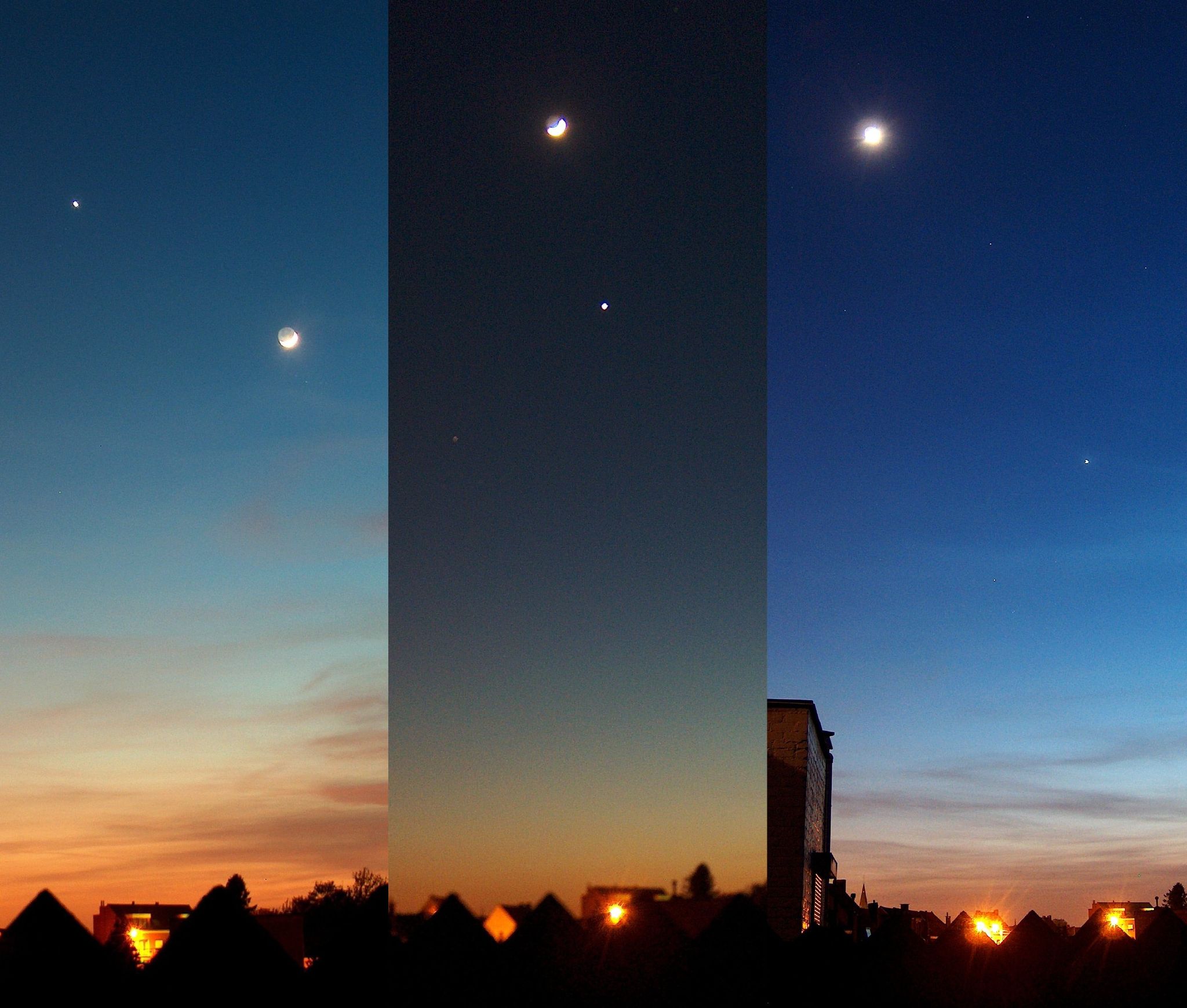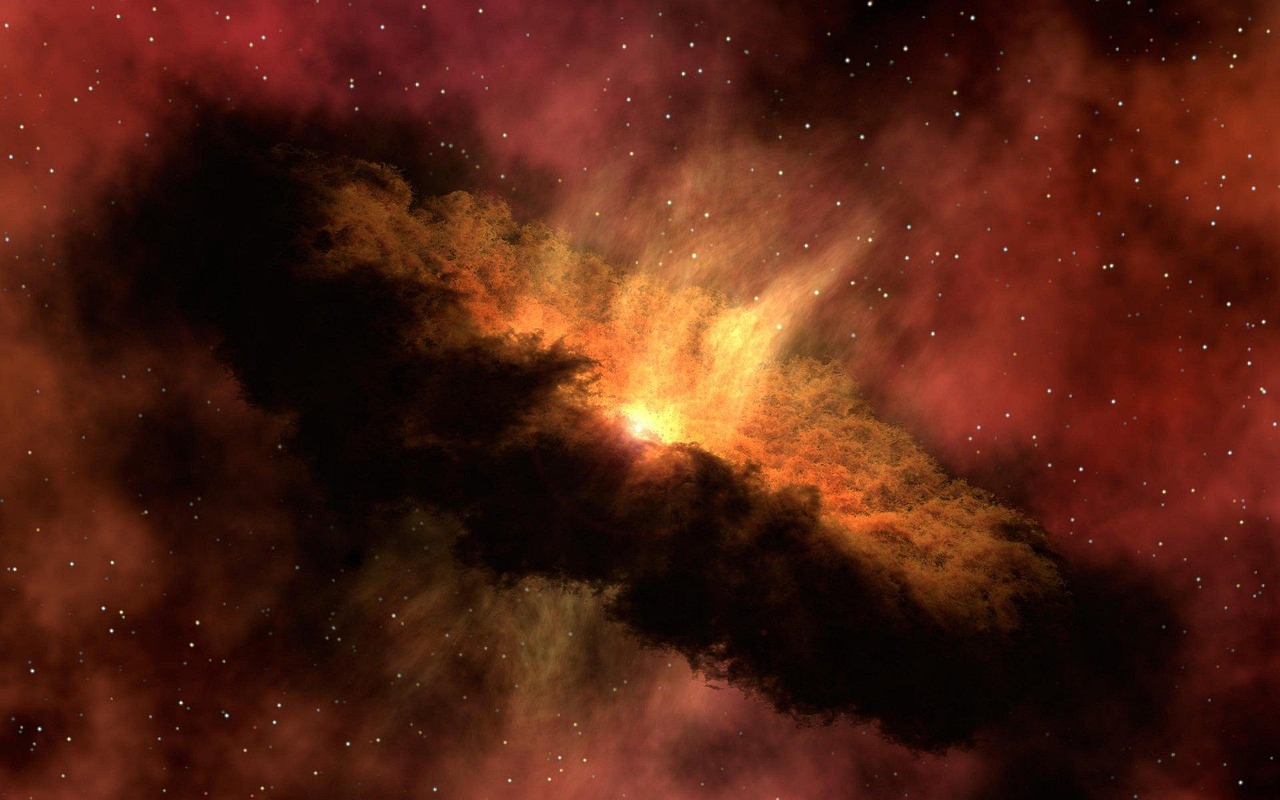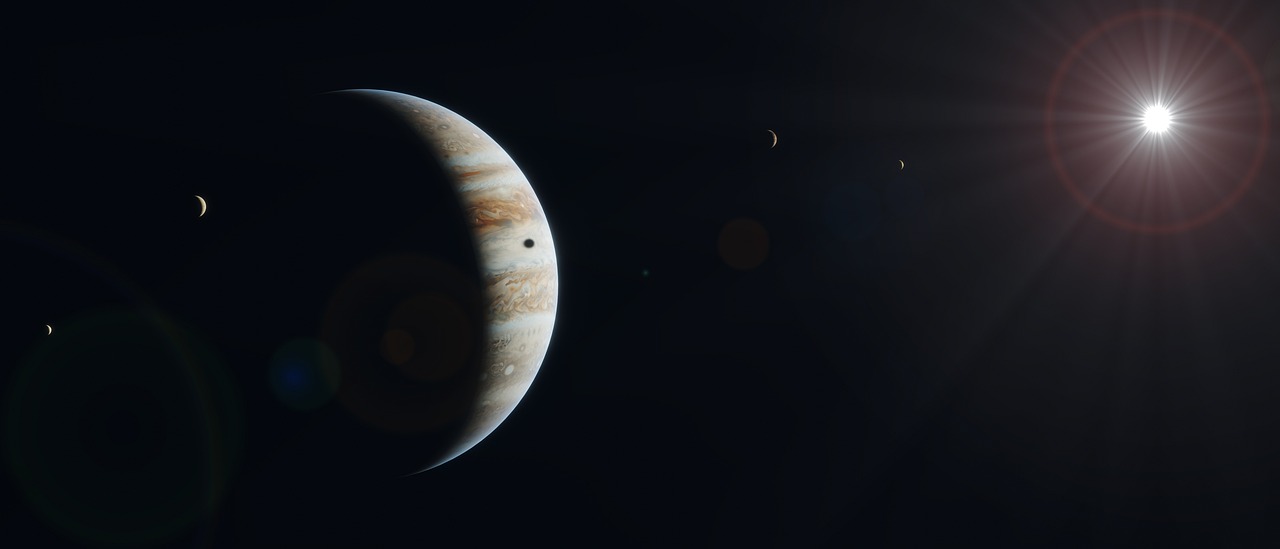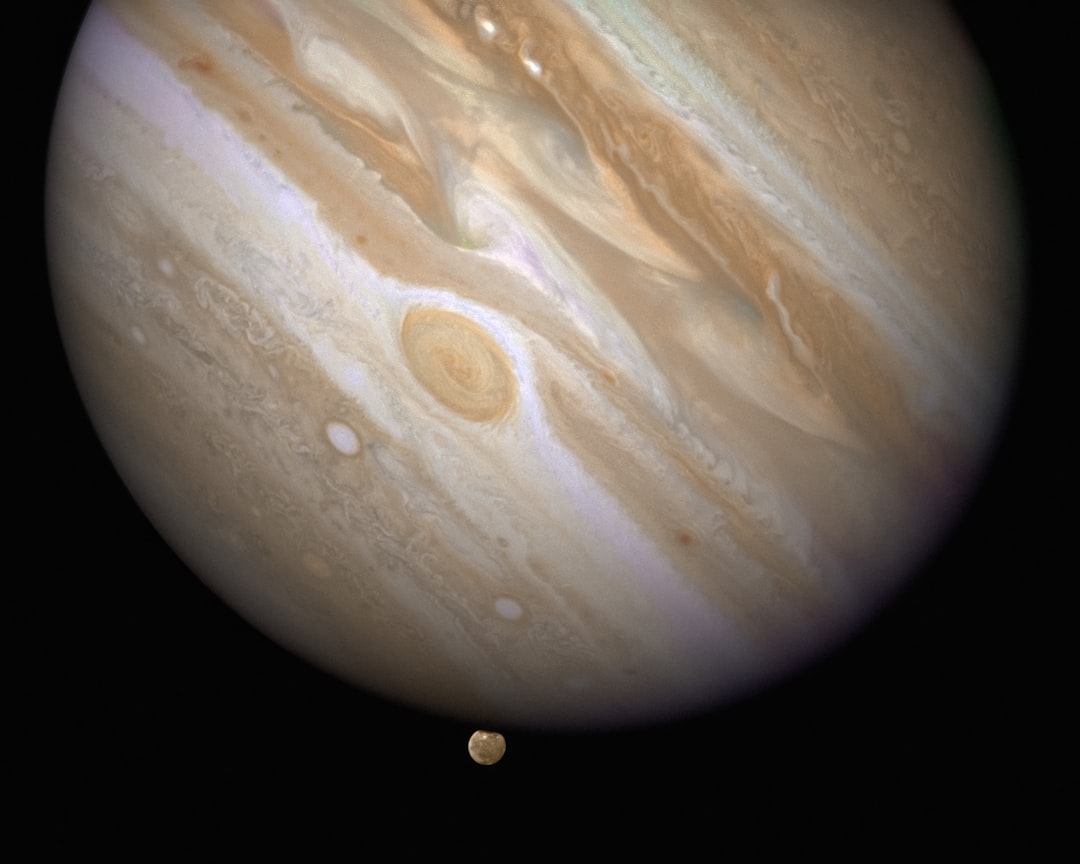For over two thousand years, the Star of Bethlehem has captivated minds and sparked countless debates among scientists, historians, and theologians alike. This mysterious celestial phenomenon, mentioned only in the Gospel of Matthew, supposedly guided wise men from the East to the birthplace of Jesus Christ. While the religious significance remains paramount for believers, modern science offers fascinating explanations for what the Magi might have witnessed in the ancient night sky.
What makes this mystery particularly intriguing is how ancient astronomical records from civilizations across the globe might hold clues to solving one of Christianity’s most enduring puzzles. Today, sophisticated computer programs allow us to recreate the exact positions of stars, planets, and other celestial objects as they appeared over two millennia ago, opening new avenues for investigation that weren’t available to earlier generations of researchers.
So let’s explore the most compelling scientific theories that attempt to explain this legendary star and discover what modern astronomy reveals about this ancient mystery.
The Planetary Conjunction Theory

Johannes Kepler, the famous German astronomer, determined in 1614 that a series of three conjunctions of the planets Jupiter and Saturn occurred in the year 7 BC. A planetary conjunction happens when two or more celestial bodies appear to come very close together in the night sky from Earth’s perspective, creating what could appear as a single, unusually bright “star” to ancient observers.
There’s evidence that multiple planetary alignments around 7-3 BC could have been interpreted as significant by ancient astrologers. In 3–2 BC, there was a series of seven conjunctions, including three between Jupiter and Regulus and a strikingly close conjunction between Jupiter and Venus near Regulus on June 17, 2 BC, with “the fusion of two planets” creating “a rare and awe-inspiring event.”
The appeal of this theory lies in its astronomical accuracy and the symbolic significance ancient cultures would have attached to such rare celestial events. Jupiter in Hebrew is known as ‘Sedeq’, often translated as meaning righteousness, and Jupiter is often viewed as being the ‘king’ of the planets. For ancient astrologers, a conjunction involving Jupiter would have carried profound meaning, especially if other planets were also involved.
However, critics point out significant problems with this explanation. Modern calculations show that there was a gap of nearly a degree (approximately twice a diameter of the moon) between the planets, so these conjunctions were not visually impressive. Since the conjunction would have been seen in the west at sunset it could not have led the magi south from Jerusalem to Bethlehem.
The Nova or Supernova Explosion

The idea that the Magi saw a nova or supernova explosion was hinted at by 17th century astronomer, Johannes Kepler, and has had many supporters since. A nova occurs when a white dwarf star suddenly increases dramatically in brightness, while a supernova represents the catastrophic explosion of a massive star at the end of its life.
The appearance of a nova is unpredictable – a really bright one becomes visible perhaps once every 20 years or so, and most bright novas suddenly and unexpectedly flare into prominence literally overnight, attracting the instant attention of sky-conscious people, but after several days or weeks of such prominence, it gradually fades back to obscurity. Even more spectacular – but much rarer – are supernovae; stars that suddenly blow themselves completely apart, briefly producing an incredible energy output equivalent to the combined light of an entire galaxy of stars!
Historical records suggest that such an event occurred around 5 B.C. and lasted for about 70 days. According to Chinese records, there were supernova – or “guest stars” as the Chinese described them – that appeared in the sky right around the time when Jesus may have been born, in 4 and 5 BCE.
The major weakness of this theory becomes apparent when examining the historical record more carefully. Although a nova or supernova is the most satisfying explanation for the Star, there is a serious problem with it, in that there doesn’t seem to be any definitive record of a bright nova appearing in the sky during the time that biblical historians believe the Magi made their journey. While supernovas could be seen in the daytime – and would therefore be dramatic – they leave behind remnants, but “there are no independent reports of a supernova around the time Jesus was born” and “there are no unaccounted-for supernova remains from two thousand years ago.”
The Comet Explanation

Comets have long captured human imagination with their dramatic appearances and slow movement across the sky over weeks or months. These icy bodies from the distant solar system often shine quite brightly when they venture into the inner solar system and are heated by the Sun, and they’re also known for sometimes visibly lingering in the sky for weeks or months at a time.
Halley’s Comet was visible in 12 BC and another object, possibly a comet or nova, was seen by Chinese and Korean stargazers in about 5 BC. This object was observed for over seventy days, possibly with no movement recorded. Ancient writers described comets as “hanging over” specific cities, just as the Star of Bethlehem was said to have “stood over” the “place” where Jesus was (the town of Bethlehem).
The comet explanation has been recently promoted by Colin Nicholl, whose theory involves a hypothetical comet which could have appeared in 6 BC. The advantage of comets is their mobility – unlike fixed stars, comets appear to move across the sky, which could explain how the Star seemed to guide the Magi on their journey.
Despite these appealing aspects, the comet theory faces serious cultural objections. This is generally thought unlikely as in ancient times comets were generally seen as bad omens, and comets were viewed as omens of evil, such as floods and famine as well as the death – not the birth – of kings and monarchs. As the Magi trekked toward Jerusalem and on to Bethlehem, it seems unlikely that they followed a comet because its position would have changed as the Earth rotated, so the comet would not have led them in a single direction, and in the ancient world, comets were often regarded as bad omens.
The Lunar Occultation Theory

Perhaps the most sophisticated modern explanation comes from astronomer Michael Molnar, who proposed that the Star of Bethlehem wasn’t a single celestial object but rather an astrologically significant event. Molnar argues that the “star in the east” refers to an astronomical event with astrological significance in the context of ancient Greek astrology, suggesting a link between the Star of Bethlehem and a double occultation of Jupiter by the Moon on March 20 and April 17 of 6 BC in Aries, particularly the second occultation on April 17.
Molnar argues that the Star of Bethlehem was not a star at all, but rather a regal portent centering around the planet Jupiter that was eclipsed by the moon, basing this theory on the actual beliefs of astrologers, such as the Magi, who lived around the time of Christ. He believes an occultation, or blockage, of Jupiter by the moon on April 17, 6 B.C., was a sign that a “divine and immortal person” had been born, and from texts of astrologers, Molnar learned that Aries was the sign of Judea in Herod’s time.
What makes this theory compelling is its basis in actual ancient astrological practices. Firmicus Maternus, an astrologer to Roman Emperor Constantine, wrote that an occultation of Jupiter in Aries was a sign of the birth of a divine king. Research suggested that a moon passing in front of Jupiter (an occultation in astronomical terms), while it was in the zodiacal territory of Aries the Ram, would signal the birth of an important king of the Jews, and such a rare occultation, with Jupiter as a morning star (“in the east”), occurred in 6 BC on April 17.
The theory gains credibility from archaeological evidence. A collector of ancient coins, Molnar began his search for the Star of Bethlehem five years ago after buying a 1st-century Roman coin with a portrait of Jupiter on one side and on the other, the zodiacal sign of Aries the Ram, looking back over its shoulder at a star. Harvard astronomer Owen Gingerich supports Molnar’s explanation but noted technical questions.
The Jupiter Retrograde Motion Theory

A fascinating astronomical phenomenon that ancient observers would have found remarkable is the apparent retrograde motion of planets, particularly Jupiter. Jupiter appears to move from east to west across the starry background, but due to the relative movements of the Earth and the planets, this motion appears to slow and then stop as the planet reaches what is called a ‘stationary point’, and at the possible time of the birth of Christ, one of the stationary points could have occurred when Jupiter was directly overhead at Bethlehem at the same time of night for several nights.
This theory suggests that Jupiter’s apparent “stopping” over Bethlehem could explain the biblical description of the star standing still over the place where Jesus was born. The bright planet Jupiter moving through the constellation of Aries (the Ram), a phenomenon that is known to have occurred in 6 B.C., passed through the constellation and then went into retrograde (backward) motion, which sent it through Aries a second time, where it then appeared to briefly stop prior to resuming its forward orbital motion.
The symbolic significance would not have been lost on ancient astrologers. One possibility includes a set of conjunctions of the planets Jupiter and Venus, and the bright star Regulus, where the mythologies associated with the objects become important, with Jupiter in Hebrew known as ‘Sedeq’, often translated as meaning righteousness, and Jupiter often viewed as being the ‘king’ of the planets.
However, this explanation has limitations. The disadvantage of this explanation lies in the lack of any rarity in the phenomenon, as it would happen approximately every 13 months. For the Star of Bethlehem to be truly significant, ancient observers would have expected something genuinely unusual rather than a regular celestial occurrence.
The Scientific Quest Continues

Despite centuries of investigation and increasingly sophisticated astronomical tools, the Star of Bethlehem remains one of history’s most enduring mysteries. The truth is, science will likely never know the truth, but let’s entertain the idea that it was a real celestial event – what are some science-backed explanations ?
However, no matter which astronomical phenomenon is suggested, there is one massive problem: Nearly all modern science-based solutions ignore how ancient people thought about and examined the sky, and as scientific advancements have drastically changed what we know about the sky, they have also drastically altered how we think about it, with no guarantee that a particular celestial event identified by a modern astronomer would be seen as auspicious by ancient people.
The challenge lies not just in identifying possible astronomical events from over two millennia ago, but in understanding how ancient cultures would have interpreted these phenomena. More than 400 books have been written on the topic. Each theory offers compelling evidence, yet each also faces significant objections that prevent definitive conclusions.
Perhaps the most honest assessment comes from the recognition that multiple factors may have contributed to the Magi’s journey. Mark Kidger argues that nobody has solved the mystery of the star because other theorists have looked for a single phenomenon. The Star of Bethlehem might have involved a combination of astronomical events, cultural expectations, and interpretative frameworks that we can only partially reconstruct today.
What makes this mystery so enduring is precisely what has made it fascinating for two thousand years – it sits at the intersection of science, history, culture, and faith, challenging us to think beyond our modern assumptions and consider how ancient peoples understood their cosmos. Whether the Star of Bethlehem was a spectacular supernova, a rare planetary conjunction, or something else entirely, it continues to inspire wonder and investigation.
What do you think about these fascinating theories? Tell us in the comments which explanation you find most compelling.

Jan loves Wildlife and Animals and is one of the founders of Animals Around The Globe. He holds an MSc in Finance & Economics and is a passionate PADI Open Water Diver. His favorite animals are Mountain Gorillas, Tigers, and Great White Sharks. He lived in South Africa, Germany, the USA, Ireland, Italy, China, and Australia. Before AATG, Jan worked for Google, Axel Springer, BMW and others.




